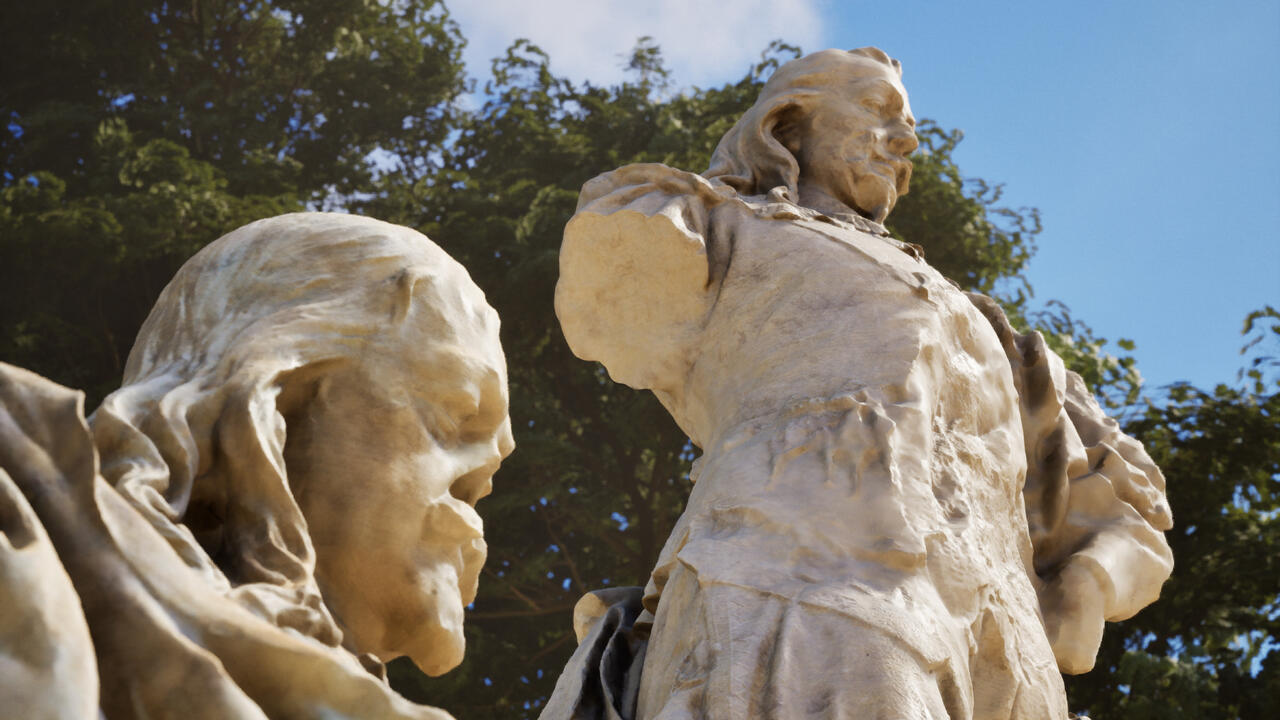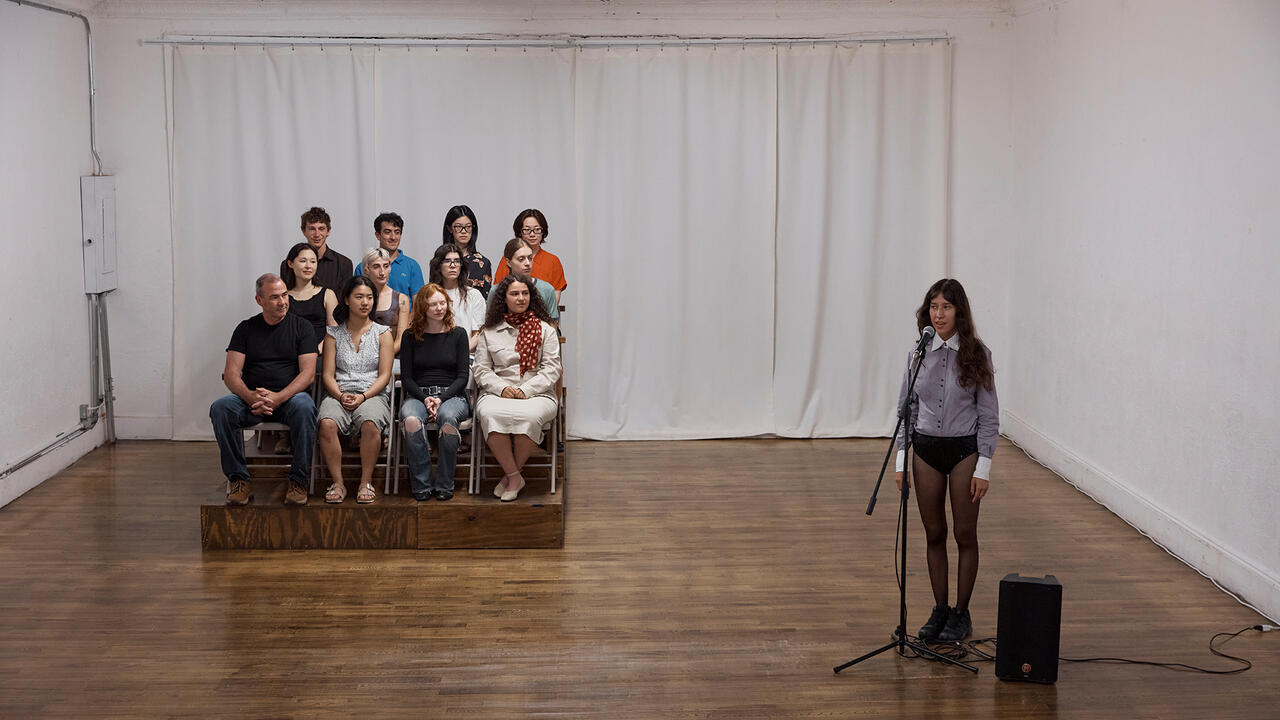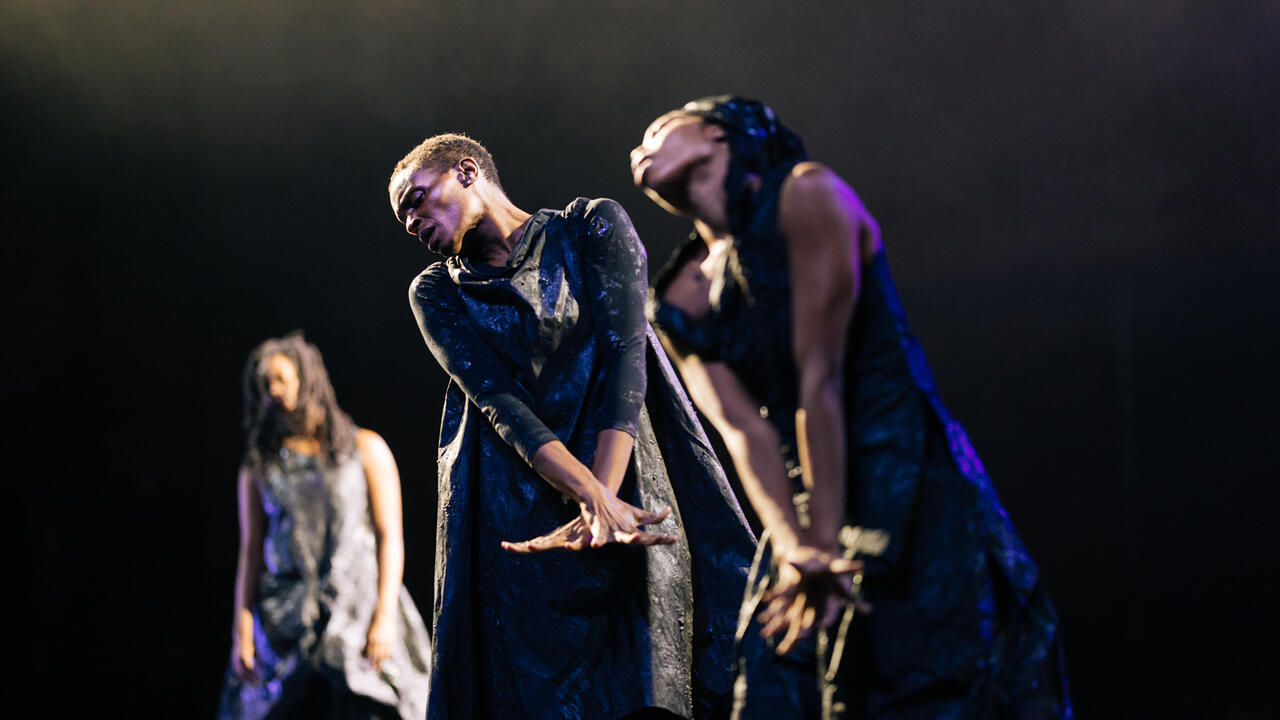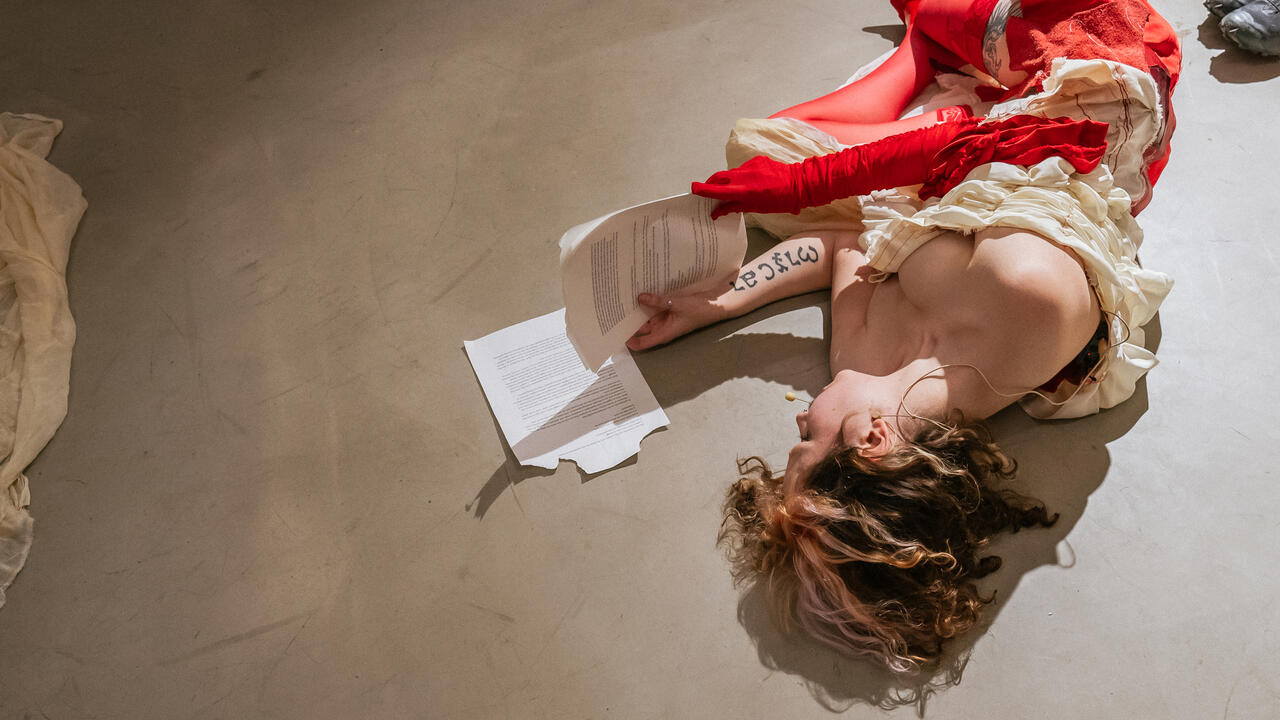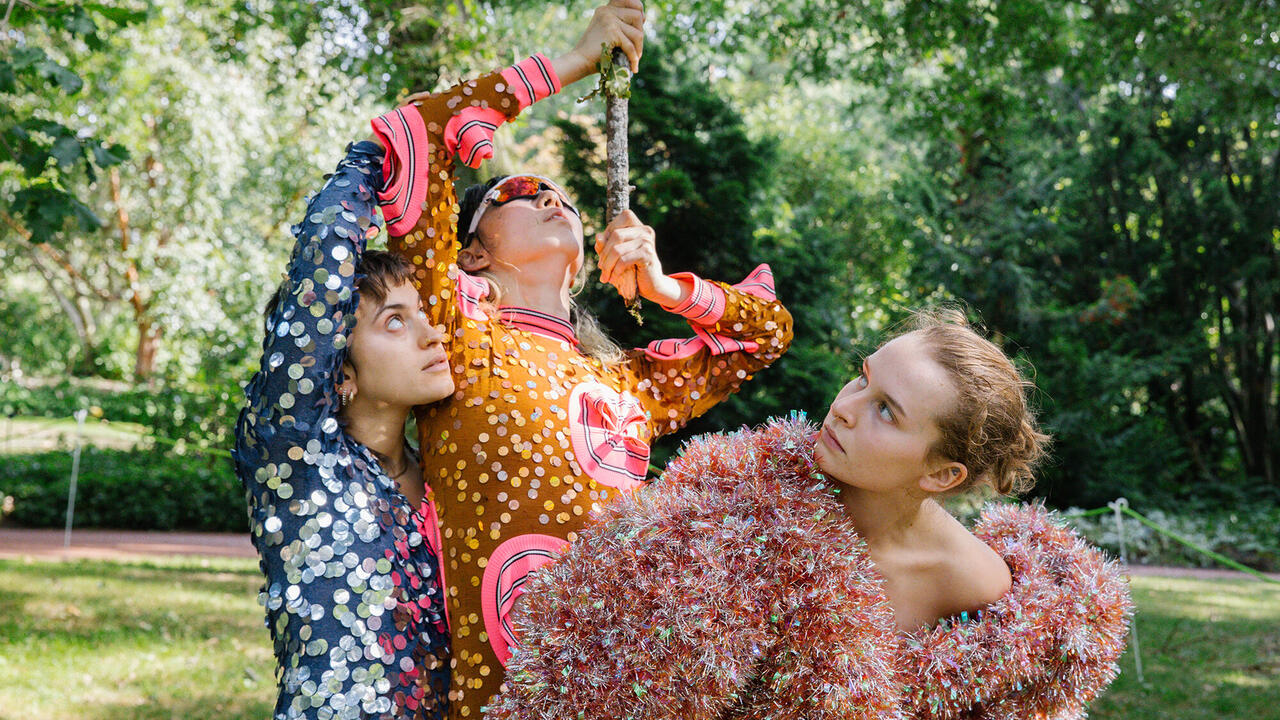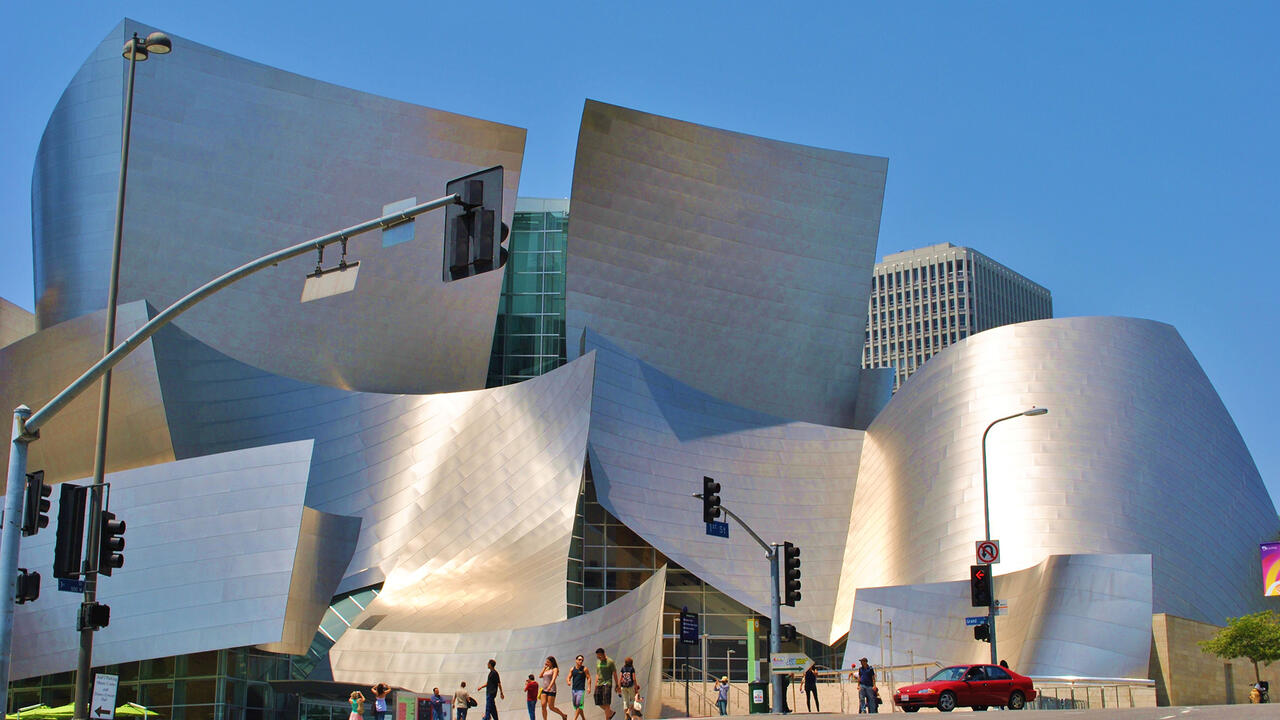Going Public
Are we evolving from a collector-driven art world to an audience-driven one?
Are we evolving from a collector-driven art world to an audience-driven one?

In 2007, New York gallerist Jane Kallir wrote in The Art Newspaper that: ‘Put bluntly, the danger of a collector-driven art world is that money will trump knowledge.’ Kallir went on to describe how, ‘for the past century or so, the art world has been supported by four principal pillars: artists, collectors, dealers and the art-historical establishment (critics, academics and curators),’ explaining that ‘at varying points in the course of the past 100 years, the weight of the art world has shifted from one of the four pillars to another. Artists made the modernist revolution; dealers recognized and supported it before academia did; in the postwar period, critics became so dominant that Tom Wolfe lampooned their influence in his 1975 book, The Painted Word. Over the long term, however, art-historical value is determined by consensus among all four art-world pillars.’
Today, the latter description seems out of date – mainly, I would say, because the consensus Kallir describes was built on reasoning. Back then, whether you were an artist, a dealer, a critic or a curator, you had to defend your actions and choices by actually arguing for them – in manifestos, articles, lectures or discussions. This is largely not the case any more: today, for most private collectors, the simple act of purchasing is already their ‘argument’ and many galleries, art fairs, curators and even museums have, quite literally, bought into it.
Maybe times are about to change again, though. My assertion is that we are evolving from a collector-driven art world towards an audience-driven one, and that this shift becomes most visible in performance art. Since the late 2000s, performance has been steadily on the rise and could, at least initially, be seen as a reaction against an increasingly object-obsessed art market. What people cherished about these projects was the fact that you could neither sell nor buy the experiences created. Performance grew in popularity, with biennials, art fairs, off-site spaces, museums and even commercial galleries embracing it. (Think of Performa in New York, London’s David Roberts Art Foundation, Marina Abramović’s return to prominence or the prevalence of the work of Tino Sehgal.) There are multiple reasons for this growing success, of course, but one in particular takes us back to the idea of ‘audience-driven’: the rise of social media. Performance is the perfect thing to feed Instagram, Facebook, YouTube or Snapchat, to a point where it could now be considered at the heart of 21st-century popular culture. No other art form is able to capitalize as readily on the two key ingredients of social media: participation and distribution (sharing). This stands in stark contrast to the way a significant part of the art world still conceives of itself: as a place for exclusive knowledge, sneering at broad-spectrum appeal and curbing distribution.
One institution ventured early into the ‘dirty’ territory of participation and inclusion: Tate Modern, with its Turbine Hall, then the Tanks and now the Switch House. Committed to ‘public service’ (as a friend recently put it), this institution has, for years, promoted performance and performative participation as ways to attract and include a more diverse audience. The ongoing success of both performance and Tate Modern are clear signs of a shift towards the audience. But what are the consequences of this? Is the audience becoming the fifth pillar alongside ‘artists, collectors, dealers and the art-historical establishment (critics, academics and curators)’? And, if so, what will be the effects of this development? Will they be entirely positive, making art and the art world more democratic and inclusive? Or will it open the floodgates for populism?
I can suggest two scenarios. Let me start with the more optimistic one. An audience-driven art world would be less defined by privilege, exclusivity and segregation; it would, instead, be more open and closer to people and their lives. Most probably, ‘the audience’ would not turn into that fifth pillar – it’s just too diverse, too unpredictable to do so, which is its greatest strength. If, however, you are of a more pessimistic persuasion, you might argue that the supposedly growing importance of the audience is a mere mirage, subtly diverting our attention from the insidious relationship between power and distraction: give them bread and circuses. For my part, since it is for the audience that I organize my exhibitions, I must believe in the brighter vision of where we are headed.










